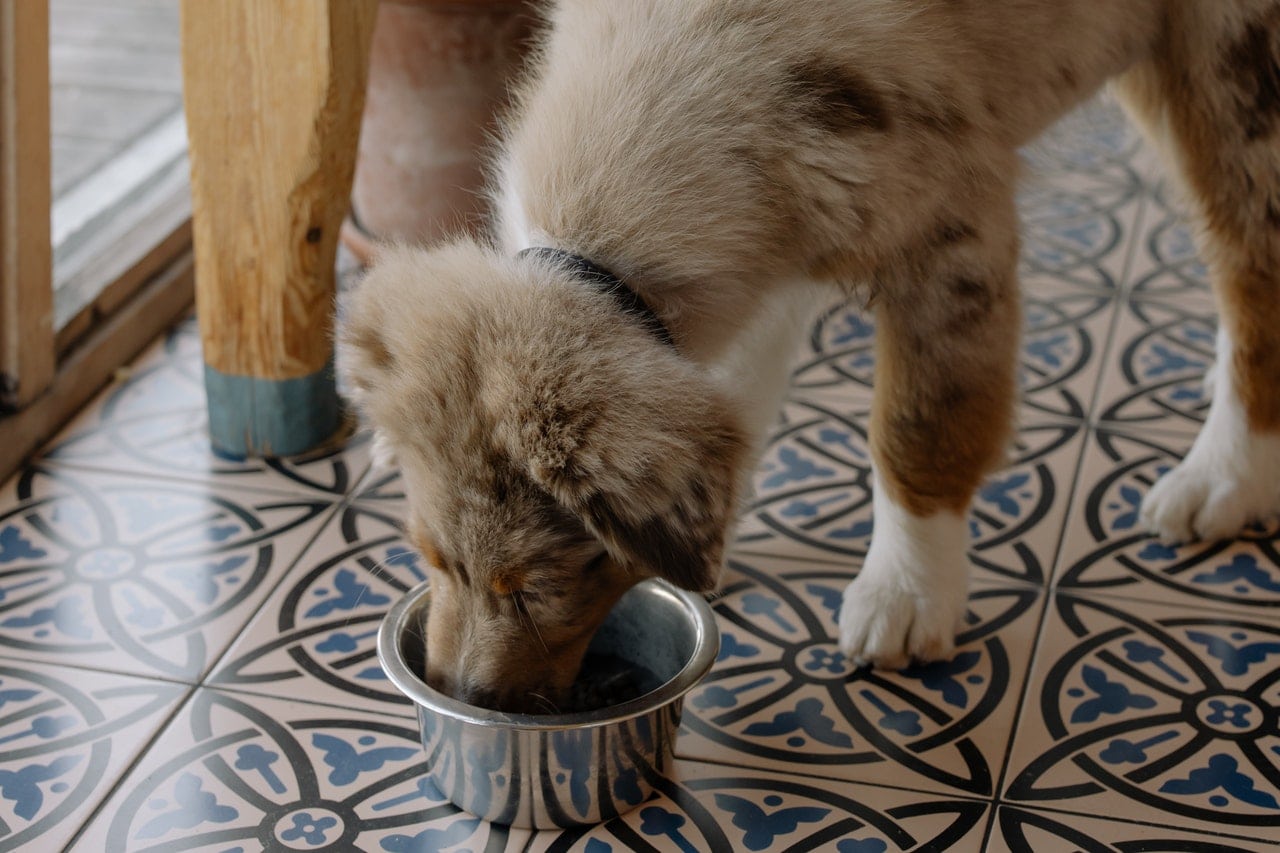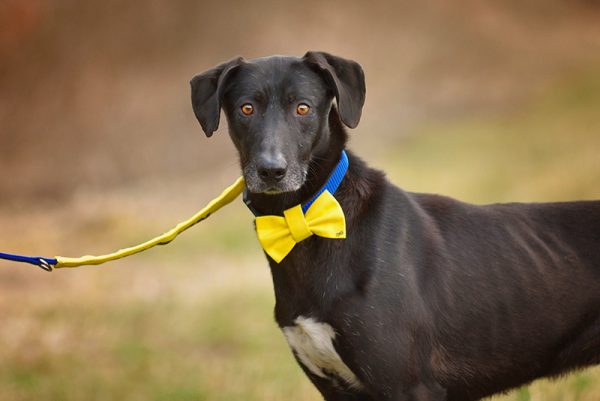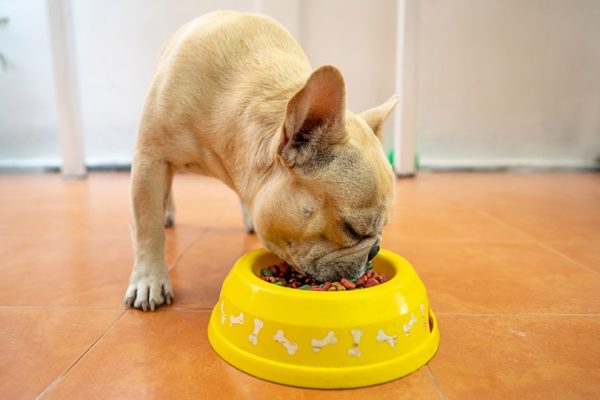In this article
View 2 More +When you see a stray dog, it can be tempting to bring them food. However, that may not always be the best decision. Feeding a stray dog can cause unexpected problems for your family, neighbors, pets, and the stray dog themselves. But if feeding a stray dog isn’t advised, what can you do? Thankfully, there are ways that you can still help.

The 5 Reasons Not to Feed Stray Dogs
There are several reasons that feeding a stray dog is discouraged. Although it may come with the best of intentions, it often results in unexpected and unwanted consequences. Here are just a few of the undesirable results of feeding stray dogs.
1. Feeding Stray Dogs Does Not Solve the Real Problem
While feeding a stray dog may give them a meal, the food does not do anything to fix the root of the issue: the unchecked number of strays. Giving food to stray dogs outside of an established trap-neuter-release program only increases their population.
Feeding stray dogs also does not save them from the situation that they are stuck in. It does not protect them from inclement weather, diseases, or people and animals that may wish to bring them harm.
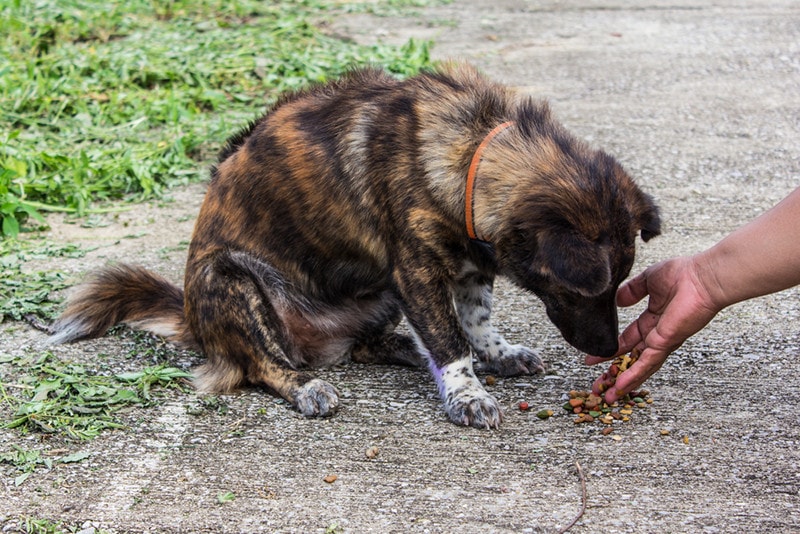
2. Stray Dog Populations Increase the Spread of Disease
Whether through parasites, bacteria, or viral infections, stray dogs can pass diseases to your pets. These may also be zoonotic and can be passed to humans.
Some of these diseases can be extremely dangerous. For instance, if a stray dog has rabies and infects you or your pet, there could be lethal consequences.
3. Feeding Stray Dogs Can Increase the Chances of Injury
When you leave food for a stray animal, other animals in the area will be drawn to it. This causes a congregation of wild animals, homeless animals, and local pets. Animals may become territorial over the food and attack each other for it.
In some instances, humans may be at higher risk of injury. The more stray dogs linger around the community, the higher the chances are of a hostile encounter with a stray dog. Likewise, stray dogs may run out into the road and cause roadway accidents, with the possibility of either party being injured or killed in the process.
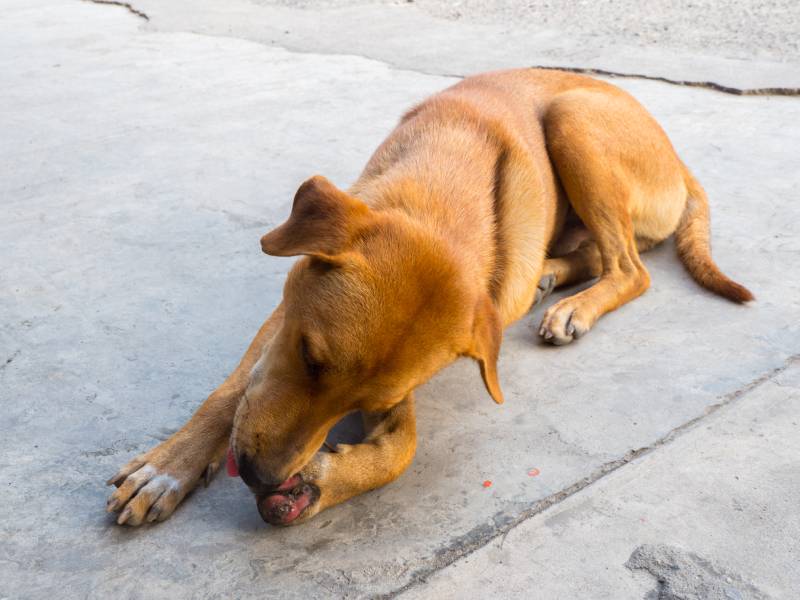
4. You May Cause a Neighborhood Conflict
Stray dogs can damage property and threaten the safety of pets and children. If you are encouraging stray dogs to come around, you are putting your neighbors at risk. Your neighbor’s ire is the best-case scenario. In the worst-case scenario, a pet or child is injured or killed, and the stray is euthanized.
5. You Can’t Control Which Animal You Are Feeding
Although your intention is to feed the sweet-looking stray dog in your area, you don’t have any power to control precisely which animal you are feeding. By setting food outdoors, you attract both stray and wild animals. You may attract nuisances like rodents and skunks, but you may also attract much more dangerous predators. Wild animals that learn to associate humans with food may become more hostile toward them.


What Can You Do to Help?
So, if feeding a stray animal is not the best decision, what can you do? Thankfully, there are ways you can help.
1. Call the Authorities
If the stray dog is behaving aggressively or appears to be infected, do not attempt to approach them yourself. Instead, reach out to your local authorities, so trained professionals can humanely capture and care for them.
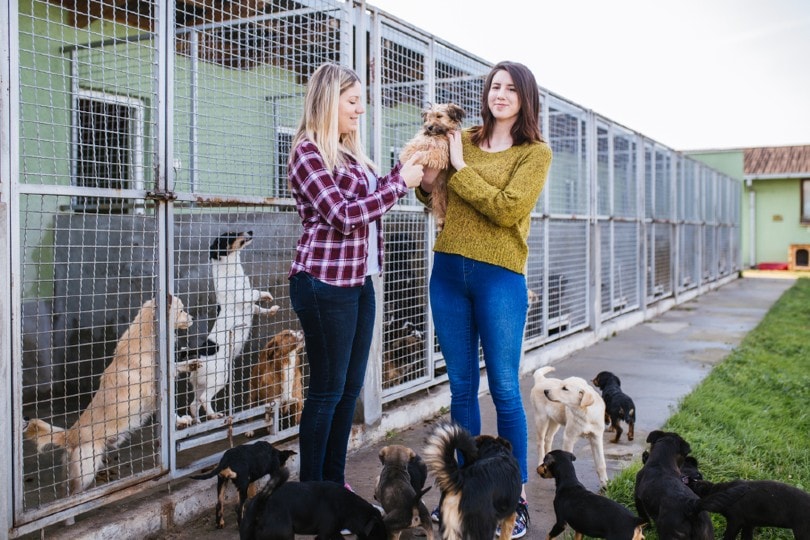
2. Kindly Capture and Contain the Stray Dog
If you feel safe enough to do so, capture the stray dog with gentleness and care. Use a calm, soft voice to keep the stray dog at ease. While trying to capture them, you can use food to lure them. Once you have captured the dog, contain them with a leash outdoors or in a crate.
Check the dog for any tags. If there is a tag with contact information, reach out to the individual immediately.
3. Get the Stray Dog Checked for a Microchip
If you cannot find any tags on the stray dog, call your local authorities. They will most likely transport the lost dog to a shelter where they can be scanned for a microchip. If no microchip is found, the stray can remain at the shelter, and if they have an owner, it is more likely that they can be returned.
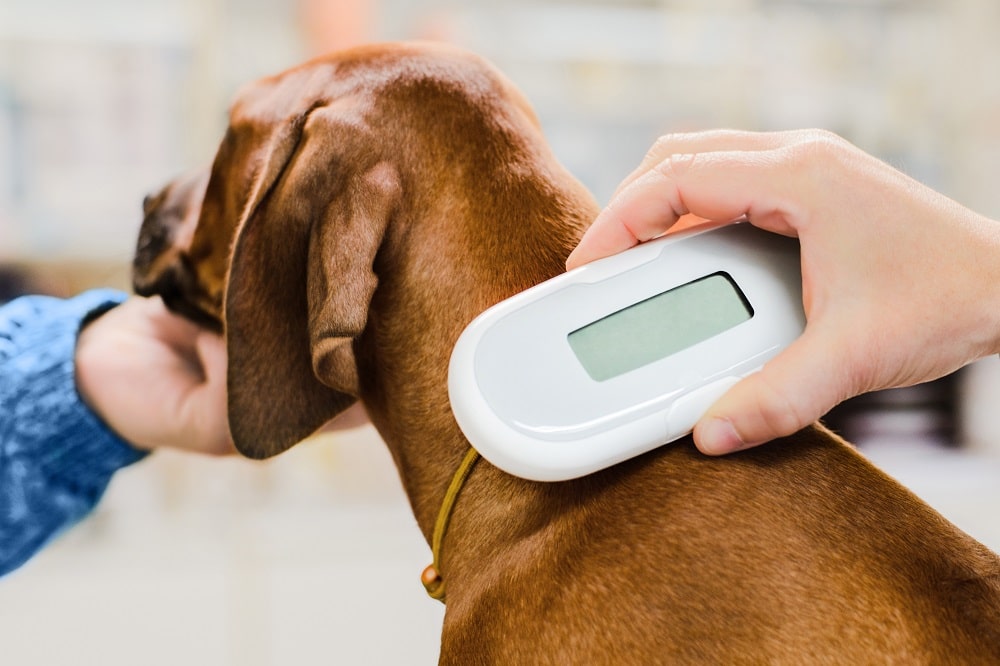
4. Distribute Pictures of the Stray Dog
Whether you use missing posters or an online neighborhood group, distributing photos of stray dog can help get them back to their owner as soon as possible.

Conclusion
No one wants to see an animal suffer alone, and the temptation to provide food for stray dogs is strong. However, doing so creates opportunities for many undesirable consequences, so feeding them is not advised. Still, there are ways that you can help any homeless animals that you find. By contacting your local animal control authorities and distributing information about the stray dog, you can do your best to find a safe and happy home for them.
Featured Image Credit: cottonbro, Pexels
